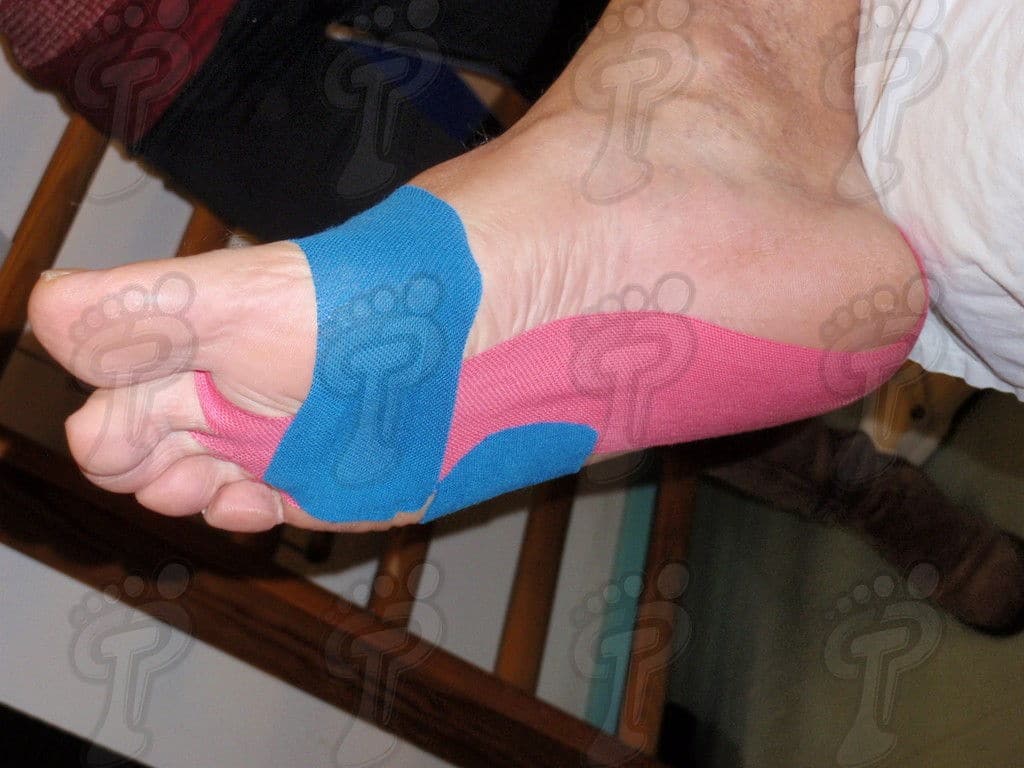
The neuromuscular bandage, also known as kynesiotape (among other names), was invented in the early 1970s by the Doctor Kenzo Kasai.
The use of these bandages by top class sportsmen in the last years has had an effect on the media being used as a result of it by sportsmen of all categories.
Nowadays, neuromuscular bandages are used by different health professionals with the aim of supporting our body to cure itself without the need of immobilizations (both muscular and articular).
The neuromuscular bandage has other advantages as for instance, the ability to stimulate the blood and lymphatic flow in the affected zone as well as the analgesic ability. Although it is true that the neuromuscular bandage in the beginning was linked very much to the sport medicine, nowadays is a good working tool in our offices with another kind of patients who have different pathologies not strictly sporting.
This therapeutic bandage is basically compound of cotton and tourmaline, it is elastic and tries to copy the features of the human skin. This elasticity allows an important wide movement. It is stimulated with heat and it lasts 3 or 4 days in a functional way.
The effect of the bandage will depend on the way of application (place, design and direction of the traction).
Coming up I describe you some of the most used bandages in the lower extremity. Think that the technique of the neuromuscular bandage is very creative and sometimes we can create our own designs from an anatomical base.
I wish that these examples will be useful for you. If you want to deepen a bit more in the topic of neuromuscular bandages, I recommend you the 24 monographic presentation of Francisco Javier Mena (teacher of Seville Podiatry School and accredited by the Andalusia Health Quality Agency in order to give courses of neuromuscular bandages), where you can find very interesting treatments with such bandages.
Best wishes.
